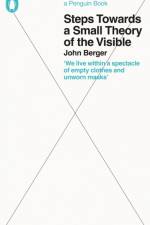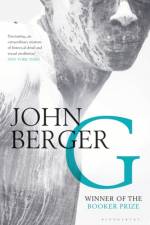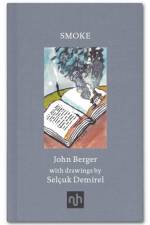av John Berger
271
Compelling and intimate, this collection of letters between the celebrated art critic and essayist John Berger and his son Yves, an artist, is a moving look at their musings on art, memory, life, death, and beyond. Composed of letters written between 2015 and 2016, some of the last written by John Berger, along with images of works by old masters and contemporary art and some of the Bergers' own drawings and watercolours, Over to You is an informal back-and-forth not unlike the ping-pong games father and son used to play in the barn of their house. It begins when John, who is in a Parisian suburb, sends Yves, who is in Haute-Savoie, an envelope of reproductions of art that have moved him. And so they begin to reveal their thoughts, looking at works by Goya, Watteau, Twombly, Joan Mitchell, Dürer, Caravaggio, Manet, and Euan Uglow, among many others. But the art is just a way to summon shared emotions and memories, as well as deepen their understanding of the world and its mysteries. John, at eighty-nine, is the more formal teacher; Yves, at thirty-nine, is the younger, philosophical artist. There are John's thoughts on everything from the use of colour, light and space in, say, a Dürer or a Beckmann to the question of 'staying fully alive.' Yves notes how much in life exceeds our understanding, the gap between our consciousness and our feeling, between the said and the unsaid. 'That's the zone where I would like us to meet. Are you coming?' he asks his father. 'I may need other eyes to confirm what is really there. Like your eyes always did.'This is an exceptional and moving tribute to a relationship between a father and a son, and between two artists, as well as a thought-provoking look at questions we all have about work, time, the universe, life, and death.






























